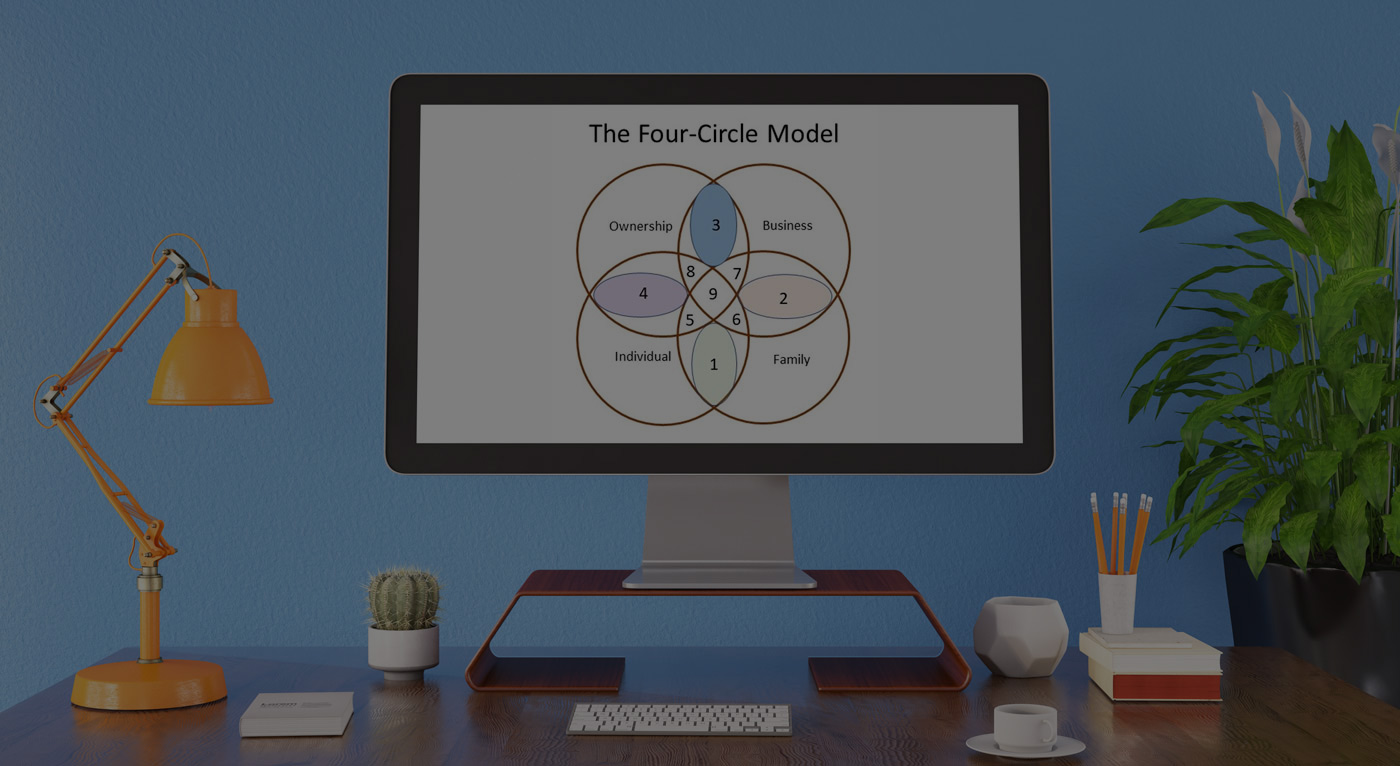The Four-Circle Model
Thanks to this week’s contributor and FFI Fellow, Dean Fowler, for providing an overview of his Four-Circle Model.
An Interview with Dr. Salvatore Tomaselli: The Family-in-Business Model Canvas
This week, FFI Practitioner is pleased to share an interview with Dr. Salvatore Tomaselli, where he explains the development of his Family-in-Business Model Canvas, an adaptation of the Business Model Canvas, that Dr. Tomaselli has applied to his work with family enterprises.
When a Three-Legged Relay Race Replaces Passing the Baton
Thanks to Gaia Marchisio for this week’s article which discusses the importance of recognizing and addressing strong beliefs about “universal truths” and misconceptions in the field of family enterprise. In this article, Gaia urges advisers to avoid becoming too narrow-minded and entrenched in an established way of thinking. Instead, she encourages advisers to maintain an outsider’s perspective on conventional family business truths that are often taken for granted.
Expanding the Three-Circle Model to Include Employees When Evaluating Ownership Succession Alternatives
When family business owners are evaluating non-family ownership succession options, often their advisers may suggest two primary options; selling the business to a “strategic buyer” or a “financial buyer.” However, this week’s edition presents an alternative option – selling the business to the employees, a “friendly buyer,” through an ESOP. Thank you to this week’s contributor, Dan Bayston, for sharing his analysis of ESOPs and the role they can play in a non-family ownership succession plan.
The Future of the Three-Circle Model: A conversation between Pramodita Sharma and John Davis
This week’s FFI Practitioner concludes our two-part series commemorating the 40th anniversary of the influential Three-Circle Model. Thank you to FFI Fellows Pramodita Sharma and John Davis for sharing their insightful conversation about future the future of the model, research, and the field.
Celebrating the 40th Anniversary of the Three-Circle Model: An interview with John Davis
To celebrate the 40th anniversary of the legendary Three-Circle Model, FFI Practitioner is excited to share two editions about the model during the month of June. For the first edition, we’d like to thank Pramodita Sharma for her interview about the inception and impact of the model on the field with one of its two creators, John Davis.
Coloring Outside the Lines…And Outside the Circles!
Known as the “Age of Reptiles,” the Mesozoic geological era—lasting from 250 million years ago to 65 million years ago, saw pterodactyls, iguanodons and other scaly creatures meet their extinction–theoretically because of their inability to adapt to vacillating climate activities.








